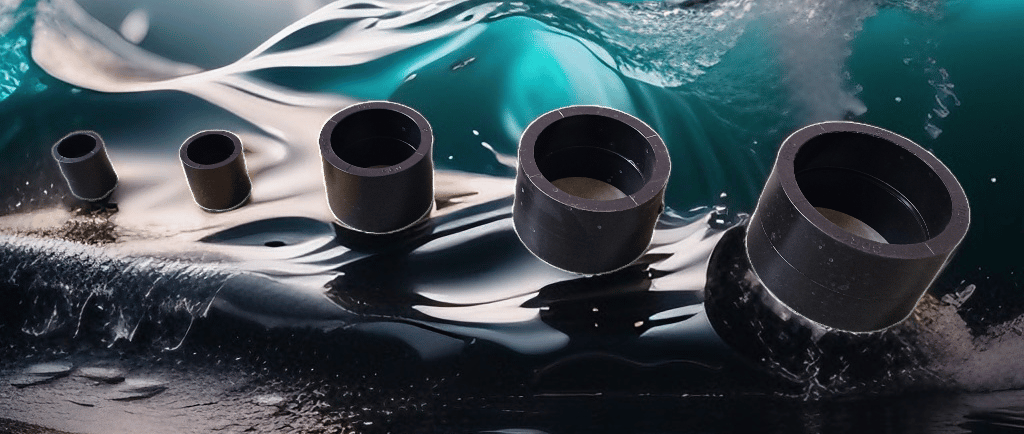Analyzing the Advantages and Disadvantages of HDPE Material
INDUSTRY NEWS
9/19/20242 min read


Introduction to HDPE Material
High-Density Polyethylene (HDPE) is a widely used thermoplastic polymer that is known for its strength and durability. Found in a myriad of applications ranging from plastic bottles to piping systems, HDPE has gained popularity across various industries. This blog post aims to analyze the advantages and disadvantages of HDPE material to help you understand its implications better.
Advantages of HDPE Material
One of the primary advantages of HDPE is its strength-to-density ratio. This makes it an excellent choice for applications requiring lightweight yet robust materials. Moreover, HDPE is resistant to impact and can withstand harsh weather conditions. It is also resistant to many chemicals, making it suitable for industrial applications where exposure to corrosive substances is common.
Another advantage of HDPE is its recyclability. In recent years, environmental sustainability has become a crucial consideration for many manufacturers. HDPE can be recycled multiple times without significantly degrading its quality, contributing to a reduction in plastic waste. This recyclability not only benefits the environment but can also lead to cost savings in material procurement.
Additionally, HDPE is non-toxic and safe for food storage, which is vital for industries that handle consumables. Its ability to repel moisture makes it an ideal choice for packaging and storage products, significantly reducing spoilage. Overall, these characteristics make HDPE a versatile choice across various applications.
Disadvantages of HDPE Material
Despite its many benefits, HDPE has some disadvantages that need consideration. One significant drawback is its susceptibility to UV radiation. Extended exposure to direct sunlight can cause HDPE to degrade and become brittle over time. To mitigate this issue, manufacturers often recommend applying a UV stabilizer, which can increase costs.
Another disadvantage is the difficulty of welding HDPE. Unlike some materials, HDPE cannot be easily welded, which can complicate repair and assembly processes. This might limit its use in applications requiring a strong, permanent bond between materials.
Furthermore, while HDPE is generally resistant to chemicals, it can still be affected by certain solvents. In applications where exposure to such substances is common, it is essential to conduct a thorough evaluation to determine if HDPE is the suitable material choice.
Conclusion
In conclusion, HDPE material presents a range of advantages and disadvantages that make it suitable for various applications. Its strong and lightweight characteristics, recyclability, and safety features make it a favored choice in many industries. However, its susceptibility to UV radiation, difficulty in welding, and limited chemical resistance warrant careful consideration. By understanding these factors, you can make informed decisions regarding the use of HDPE for your specific needs.
